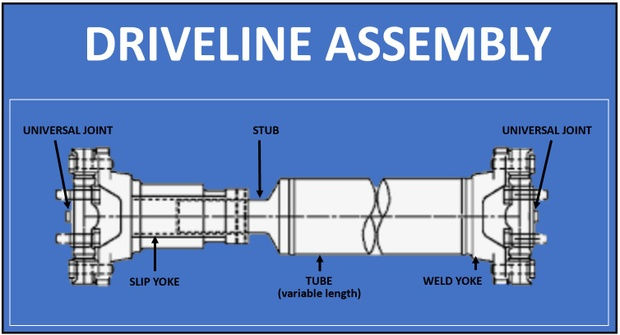
Charge Air Coolers are used to improve engine efficiency by increasing intake air density from the turbo. This increase of air density allows better combustion per cycle, which increases horsepower. Checking the Charge Air Cooler is important.
To verify the performance, pressurize the Cooler to 20-25 PSI (Pounds per Square Inch). If you want to know the pressure on the CAC 4” plug during the test, refer to this formula:
3.1416 multiplied by the radius squared
2 x 2 x 3.1416 = 12.56 sq. inches
12.56 x 20 PSI = 251 lbs. of force
Based upon the force inherent with this test make sure you anchor the plugs, beyond clamping, so that they don’t blow off during the test. If only testing the CAC and piping to the engine intake, plug the hose at the intake manifold. If you leave it connected, then air could leak through the engine at the rings, valves or if the engine is at valve overlap, then just rotate the crank a bit to resolve.
The cooler performance is generally considered acceptable if it exhibits less than a 7 PSI loss in 15 seconds. Check with your OE for requirements. Small leaks are to be expected, but if excessive, could cause issues noted below:
1. Loss of power
2. Decrease in manifold pressure
3. Higher coolant temperature
4. Decrease in fuel economy
5. Whistling from the radiator area
Rule of thumb, if the manifold temperature is within 40-50 degrees of ambient, then it could be assumed the CAC is working as designed.
When purchasing a replacement cooler, I would recommend asking if the performance is equal to or better than the original equipment manufacturer’s product. If the cooler does not meet the engine manufacture efficiency requirement, then performance can be sacrificed. You might check the cooler prior to installation.
Note: Using a winter front reduces the efficiency of the CAC, thus should be used only if absolutely necessary. Winter fronts allow cold ambient air in small areas across the face of the cooler, which stresses the aluminum, which could cause cracking. Charge Air temperatures could be in the 400 F range at around 40 PSI.











